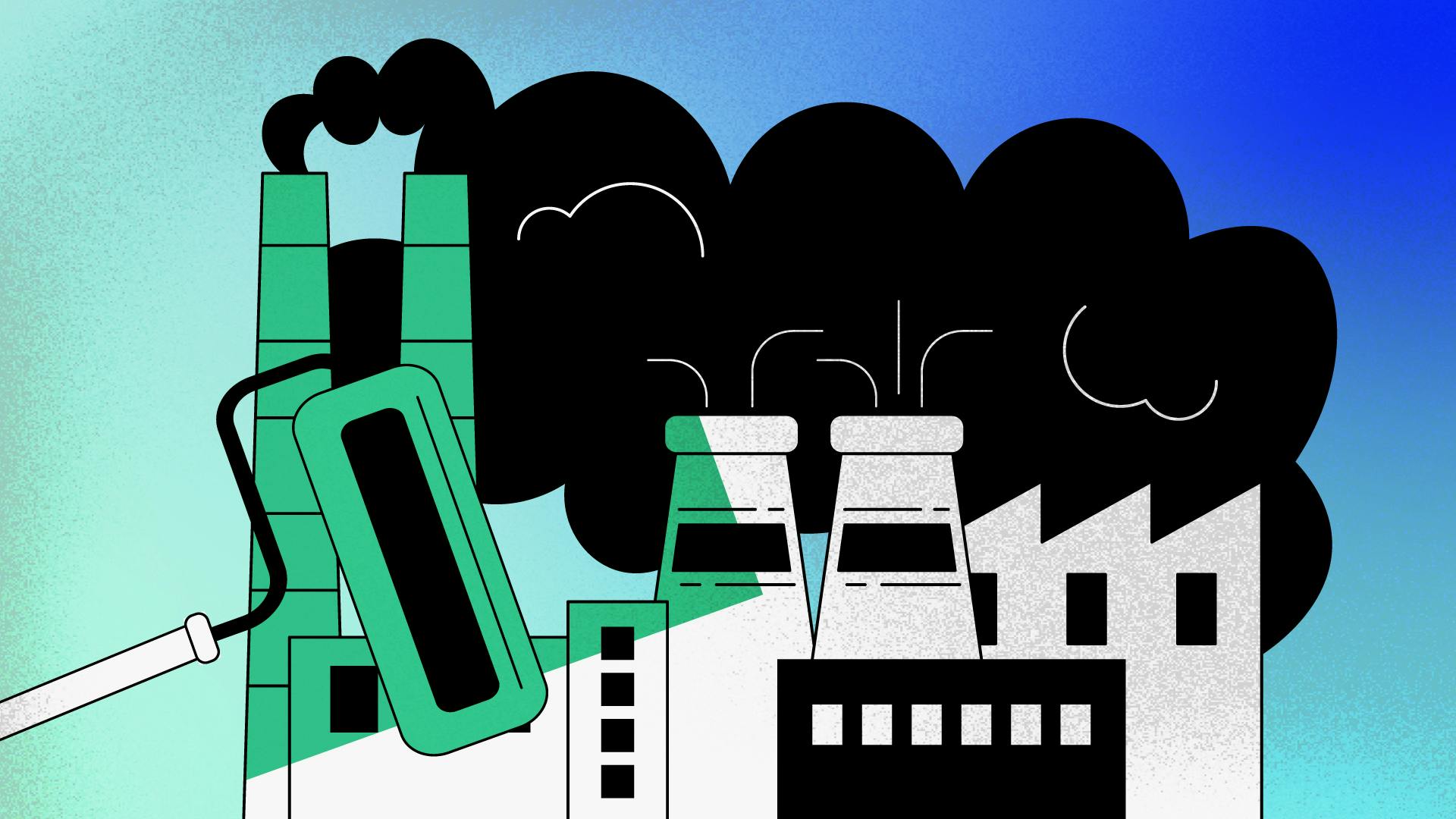Table of contents
Share
Let's work together to promote transparency and make a genuine impact in the world of sustainability.
Connect with our teamWhat is greenhushing?
What does it look like, and what are the consequences?
Greenhushing can be observed in the fashion, energy, and even development sectors, among others. By withholding or understating information about their green initiatives, organizations purposefully take a backseat in conversations about environmental impact and sustainability.
While it may seem counterintuitive to downplay positive contributions to the environment, making public declarations about sustainability can invite unwanted external scrutiny. Due to public backlash over companies accused of greenwashing, companies may be reticent to put their efforts on display. Being accused of having the “wrong” motives or overexaggerating their efforts could cast a negative light on the institution, despite any good intentions.
A company may also prefer to keep its sustainability strategy under wraps if it’s still in its nascent stages. They may wait until it’s more concrete or has delivered tangible results, again to avoid accusations or increased scrutiny, to speak on their green initiatives.
For those with new and established strategies alike, publicizing sustainability efforts, especially if they are bigger in scale, could lead to expectations of large capital investments or reduced short-term profits. Investors might be concerned about the financial implications of major sustainability initiatives, driving companies to be more conservative in what they are willing to share about their environmental commitments.
By limiting public communication, greenhushing makes it harder for consumers and organizations alike to scrutinize targets and share knowledge. This opacity could result in a lack of opportunities for institutions to collaborate on greener initiatives, and consumers and audiences looking to support such initiatives become a missed market segment.
Treating environmental compliance and innovation as a touchy subject leads to its alienation from public discourse in favor of “safer” conversations. Issues like emissions and e-waste are brushed under the rug, slowly walking back the progress that’s been made in incorporating environmental issues into high-level discussions in recent years.
What should be done?
The best way to combat greenhushing is to do the right, albeit difficult, thing: have the conversation.
The saying “nothing easy is worth doing” is true here. Difficult conversations have historically prevented companies from addressing topics like gender equality, diversity and inclusion, and disability rights. Keeping the status quo is seen as easier, but these issues, like that of sustainability for the future of our planet, are worth having despite being uncomfortable. Change does not happen in a vacuum, and in order to combat greenhushing, companies will need to become comfortable with being openly green. This shift toward “green vulnerability” will allow for more complex, nuanced conversations about the real challenges of meeting environmental targets and how companies, policy makers and consumers can work together.
Talking openly about what a company hopes to change, and how they are working towards it, gives consumers insight into the people behind an initiative. We tend to trust companies when they disclose information and give people background on their products; when there is an issue, it is expected that the company recall or fix the problem. The same should be said of environmental issues. We trust that companies should do the right thing, and if not, correct it and inform shareholders, employees, and consumers of that fix.
Mentioning a failed campaign or an initiative that just didn’t quite stick paradoxically builds trust in an institution from an audience perspective: when someone is open and willing to share their harder moments, it is easier to trust them to be honest about things good and bad. Under-reporting could harm more than help a business, and being open about successes, however small, would build trust rather than have the potential to erode it should their actual sustainability efforts be brought to light.
While openly communicating results can be intimidating, it is good not only for an organization’s business and reputation for building trust, but also good for the planet for sharing what’s working, what’s not, and how to improve progress.
How can we help?
The choice to engage in greenhushing is driven by good reason - to protect profits, stakeholders, company image and reputation, etc. Fully disclosing sustainability efforts, or lack thereof, is seen as a threat to one or more of these core factors. Rather than a threat, we see this as an opportunity, and want to work to reframe this conversation.
We believe that their open commitments to green initiatives help solidify companies as respected voices in conversations around sustainability. Your customers and corporate clients care about social and environmental impact and want their choices of brand to reflect their values. We can help organizations track and communicate progress in meeting these sustainability commitments.
Here are some ways we can help your team bring sustainability back into the conversation:


